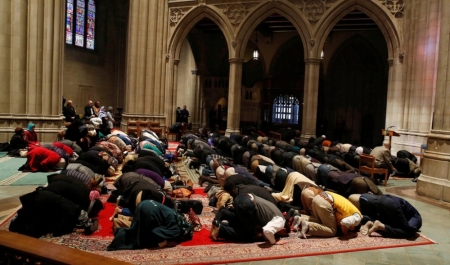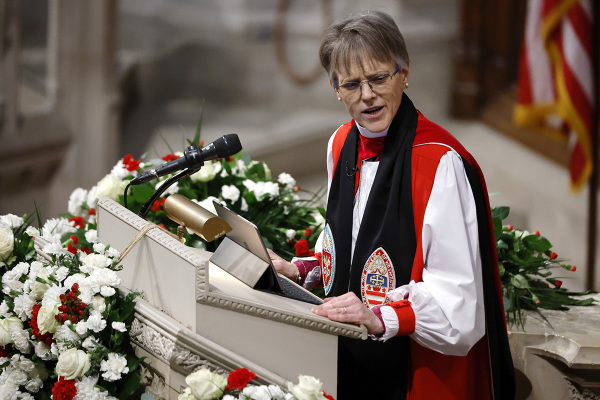Muslim Population Will Grow to Equal Christians Worldwide by 2050; While Christians in the US Will Decline, Pew Study Finds

Muslims will come close to equaling the number of Christians worldwide by the year 2050, while Christians in the United States will decline to two-thirds of the population, a major study by the Pew Research Center has found.
The wide-ranging findings, which analyzed trends and projections of religious growth for the next four decades around the world, revealed a number of emerging realities.
Although the number of "nones," or religiously unaffiliated people, have been growing in the U.S. and other Western countries, the data projects that by 2050 they will make up a declining share of the world's total population.
Islam, however, is rising in terms of numbers more than any other religious group, and Muslims are expected to make up 10 percent of Europe's entire population by 2050. And while India will continue to have a Hindu majority, by that time-frame it will overtake Indonesia as the home of the largest Muslim population in the world.
Pew projects that the total number of Christians in the U.S. will continue declining, and will go from more than three-quarters of the population, as it was in 2010, to two-thirds by 2050.
A number of studies, including a survey released in March by the Barna Group, found that Christians in the U.S. are indeed on the decline, at the expense of the growing numbers of "nones."
Barna's study found that one in four unchurched adults in the U.S. now identify as either atheist or agnostic. The group said that rejection of the Bible and lack of trust in the church are two main reasons why some Americans are abandoning religion.
Pew's detailed report, published online and coming in at 245 pages, found that in 2010, Christians made up 31 percent of the world's total population, with 2.2 billion adherents. Islam was identified as the second largest religion, with 1.6 billion followers.
Projections show, however, that by 2050 Muslims are expected to increase in numbers by 73 percent. If the trend stays true, by that year Muslims will make up 2.8 billion, or 30 percent of the world's population, while Christianity will have 2.9 billion followers, or 31 percent of the total.
In terms of fertility rates, Muslims register the highest numbers at an average of 3.1 children per woman, while Christians see 2.7 children per woman. The global average rate is 2.5, which is similar to the Hindu fertility rate of 2.4.
What is more, Muslims are expected to become the third largest religious group in the U.S. at 2.1 percent, which is more than both Jews and Buddhists, who each are excepted to have 1.4 percent of the population.
Looking at specific countries, Christianity is expected to drop as a majority from 159 to 151 nations. Christians are projected to make up less than 50 percent of the population in Australia, Benin, Bosnia-Herzegovina, France, the Netherlands, New Zealand, the Republic of Macedonia and the United Kingdom.
Most other religious groups are also predicted to register a small increase, and the religiously unaffiliated, who in 2010 were numbered at 1.1 billion, are expected to number 1.2 billion by 2050. While that represents a slight increase in terms of numbers, the group's share of the total population will fall from 16 percent to 13 percent.
This share is not expected to be evenly spread out, however, and Pew said that in the U.S., the unaffiliated should make up close to 26 percent of the population by the middle of the century. The unaffiliated are also expected to become the largest religious group in France, New Zealand and the Netherlands.
Pew noted that its projections were gathered from over 2,500 censuses, surveys and population registers around the world, in an effort that has taken over six years.





















